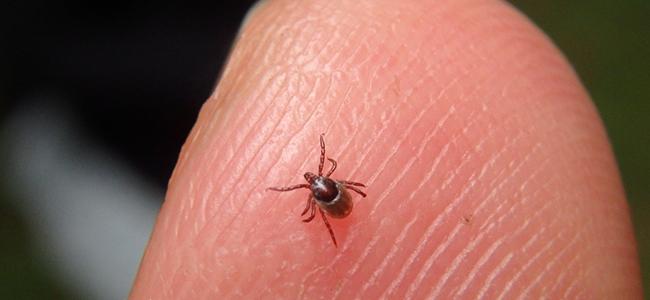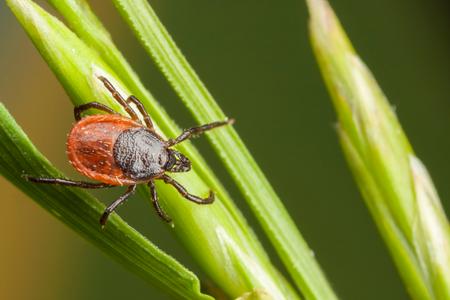
The Best Tick Control For Maryland Properties
10/01/2021
In Maryland, we have some of the most enjoyable weather (for most of the year) for playing out in the yard and enjoying time with our pets. Unfortu...
READ MORE >
Whether you’re a frequent visitor at your local wooded park, a hiker, or a parent, proper tick removal is something we all should know in case we are bitten. The most common ticks found in DC, Maryland, and Virginia are the American Dog tick, the Brown dog tick, the Lone Star tick, and the Deer tick. If you are ever bitten, it is important to know it takes 24 or more hours for the bacterium that causes Lyme disease to transfer from the tick to you. The percentage of contracting the virus before that time period is very minimal, hovering at no more than 1.4%. Even if it is an area where Lyme disease is prevalent.
There are many new gadgets and tools that are marketed towards achieving the perfect tick removal, however, a pair of sharp tweezers will do the trick. The most important part is to properly remove the mouth parts from the skin to prevent the tick from spitting up its gut contents (or more saliva) into your bloodstream. The bacteria that causes Lyme resides in the tick’s stomach and increasing saliva exposure increases your risk of contracting Lyme.
Below are the tools you’ll need and proper steps in achieving the perfect tick removal from your skin:
Tools You Will Need
Proper Ways to Remove a Tick
What You Should NOT Do:
Burning the tick puts the host at risk of having a higher chance of being exposed to any bacteria the tick carries by not removing the mouthparts completely. This may also cause the host to be burned.
Do not wait for the tick to detach from the host or use any other methods that will risk not removing the tick in its entirety. Removing it with point tweezers is the best way to reduce infection by making sure the mouthparts are completely removed.
Do not wait to see your doctor or for the tick to detach. Use the proper tweezers and remove the tick as soon as possible.

10/01/2021
In Maryland, we have some of the most enjoyable weather (for most of the year) for playing out in the yard and enjoying time with our pets. Unfortu...
READ MORE >

09/03/2021
Healthcare facilities, such as hospitals, nursing homes, rehabilitation centers, and emergent care centers must maintain a strict level of sani...
READ MORE >

08/23/2021
Ticks are considered to be some of the most dangerous arachnids around. Not only are they famous for biting people, pets, and wildlife creatures, b...
READ MORE >

07/15/2021
Each year, tick populations are on the rise. This is due to a multitude of factors, including climate change and increased tick habitat. Frederick ...
READ MORE >

Protect your home and family from nuisance and potentially damaging pests with a Preferred Care home pest control plan. Starting at $49/month

Don't let the bed bugs bite a second longer. Contact American Pest for the most comprehensive bed bug control in the industry. Learn More

Our certified rodent control pros will put an end to your frustration by getting rid of rats and mice inside your home. Learn More

Say goodbye to wood-destroying termites in your home when you contact American Pest for expert termite control. Learn More

Trust American Pest to deliver professional backyard tick control services that are guaranteed to get results. Learn More

Don't spend the warm-weather season indoors, find out how American Pest's professional treatments get rid of mosquitoes. Learn More
Fill out the form and recieve feedback in less than 5 minutes. For immediate service please call.